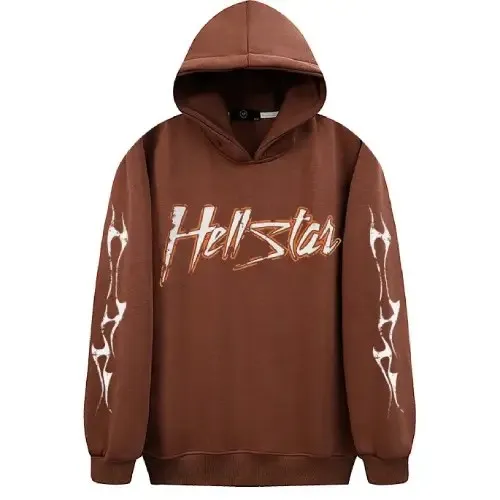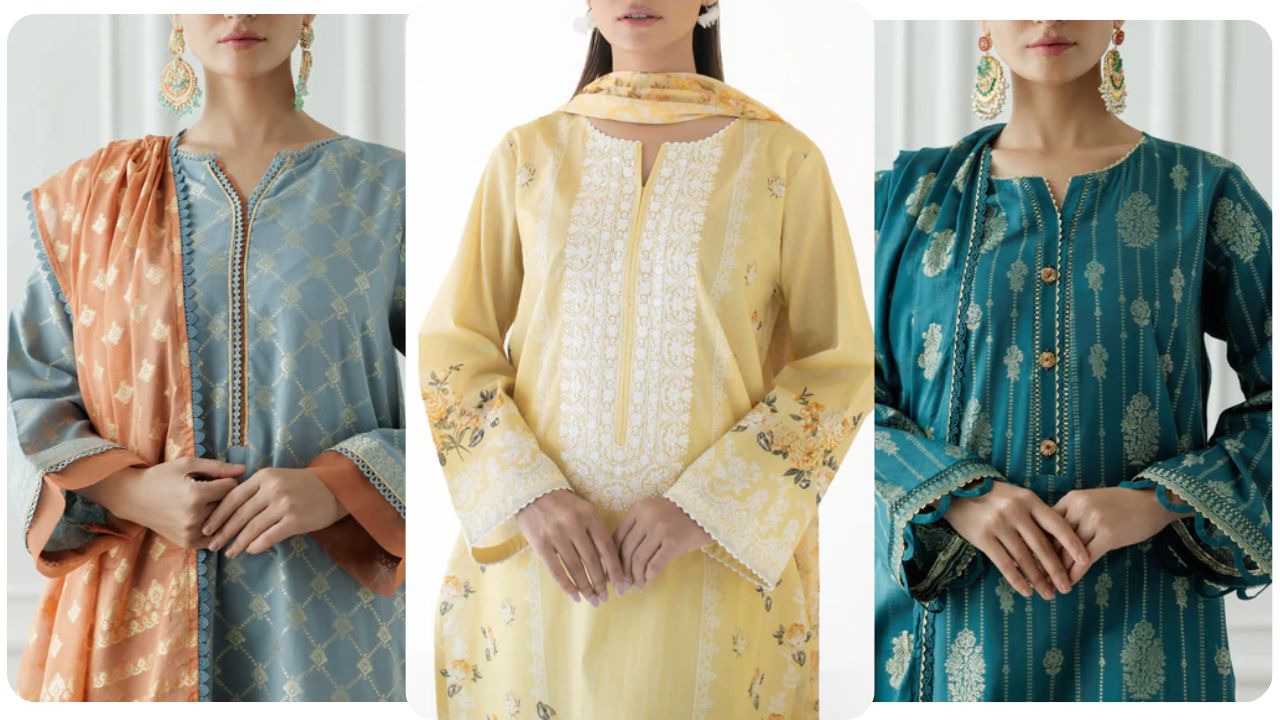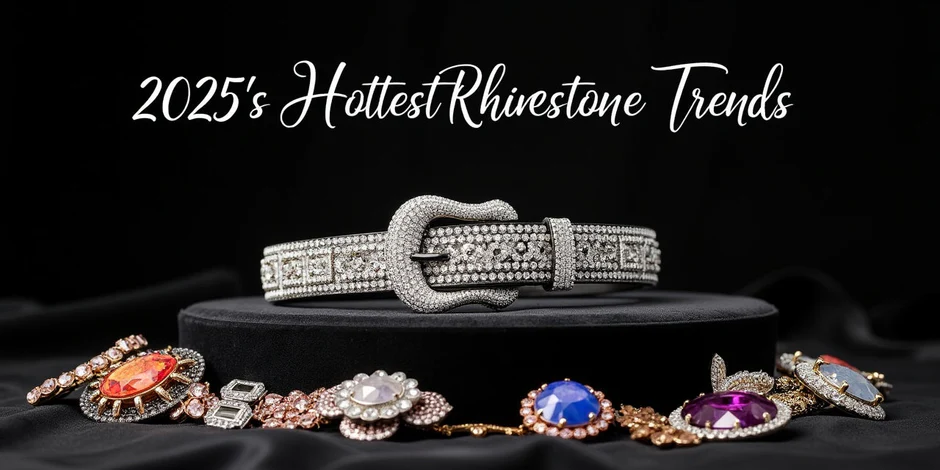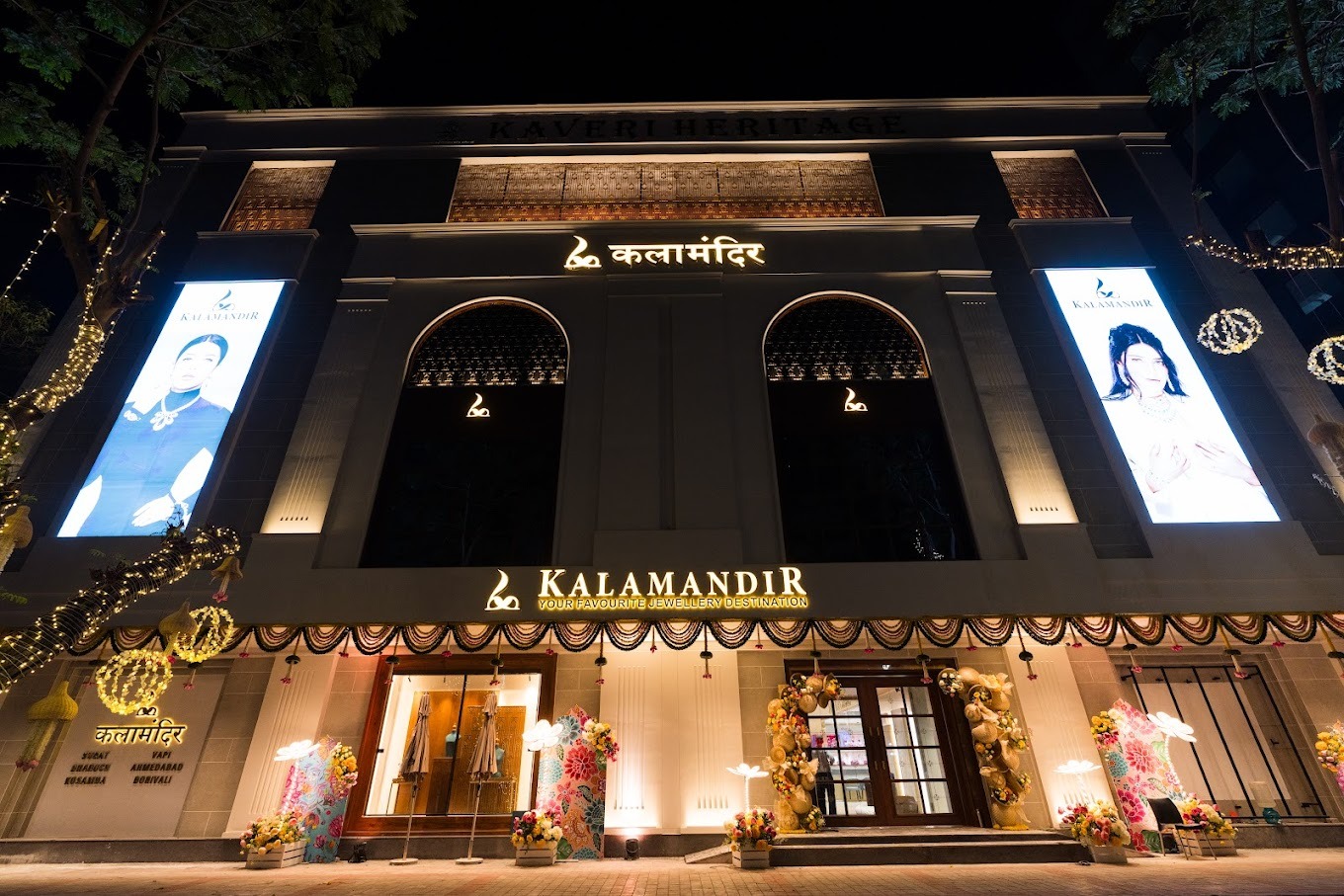In a landscape where fashion is often diluted by trends and fast-paced replication, Hellstar has emerged as a blazing anomaly — a brand that defies conventions while igniting a fierce sense of identity among the youth. More than just a streetwear label, Hellstar is a lifestyle, an ethos, and a visual rebellion against mediocrity. Born from the underground and now gracing the wardrobes of the most culturally tuned-in individuals, Hellstar’s journey is nothing short of cosmic. This article dives deep into the origins, design philosophy, cultural impact, and future trajectory of Hellstar — a brand that has truly earned its place in the streetwear hall of fame.
Genesis of the Flame: The Origins of Hellstar
Every iconic movement has a beginning, and for Hellstar, its roots are shrouded in both mystery and artistic brilliance. Conceived in the shadows of street culture and elevated by a growing cult following, Hellstar began as a concept — a visual manifestation of light versus darkness, heaven versus hell, the cosmic dance between chaos and clarity. The name itself, Hellstar, is paradoxical: it fuses the intensity of “hell” with the celestial beauty of a “star.” This duality would go on to define the entire brand narrative.
Created by a group of visionaries and creatives — including Sean Holland and forward-thinking collaborators — Hellstar didn’t follow the traditional blueprint for fashion success. There were no corporate backers or mainstream marketing strategies. Instead, the brand leaned heavily into authenticity, dropping pieces organically and letting word-of-mouth and social proof build its name. The early days of Hellstar were characterized by limited runs, cryptic messages, and a do-it-yourself attitude that resonated with skaters, rappers, and misfits alike.
Cosmic Threads: The Design Language of Hellstar
What truly separates Hellstar from the saturation of streetwear clones is its unmistakable design identity. Each garment is a canvas, painted with interstellar imagery, infernal motifs, and spiritual undertones. Whether it’s a hoodie emblazoned with flaming stars, or a shirt that looks like it was forged in a distant galaxy, Hellstar pieces tell a story — one that walks the line between the sacred and the profane.
Color schemes often oscillate between deep, dark tones like obsidian black and ash gray to vibrant bursts of neon, flame orange, and electric blue. The graphics are bold, often surreal, and laden with symbolism: distorted smiley faces, gothic fonts, angelic wings, and demonic eyes are just a few of the recurring icons. But beyond the visuals, the garments themselves are meticulously crafted, often using heavyweight fabrics that feel substantial and luxurious — a tactile representation of the brand’s integrity.
What’s more, Hellstar doesn’t overproduce or dilute its offerings. Every drop feels intentional, carrying thematic weight that aligns with broader concepts like mental struggle, cosmic chaos, spiritual awakening, or societal rebellion. This curated approach to design has allowed Hellstar to maintain artistic credibility even as its popularity skyrockets.
Worn by Stars: The Celebrity Co-signs and Cultural Explosion
As Hellstar Hoodie continued to gain underground momentum, it eventually caught the attention of influential figures in music, sports, and entertainment. Rappers like Lil Uzi Vert, Travis Scott, and Playboi Carti were some of the earliest adopters, often seen in Hellstar pieces both onstage and off-duty. These co-signs weren’t the result of paid endorsements — they were organic, rooted in shared aesthetic and ideological alignment.
NBA stars, including Shai Gilgeous-Alexander and Jordan Clarkson, brought Hellstar to the hardwood runway of tunnel fashion, further elevating the brand’s status. On social media, Hellstar became a visual staple, with influencers and tastemakers flaunting the label’s bold fits and cryptic captions. Each sighting acted as a cosmic signal boost, pushing Hellstar deeper into the public consciousness without compromising its underground credibility.
What made these endorsements so powerful wasn’t just the fame of the individuals wearing Hellstar — it was the authenticity with which they wore it. Hellstar didn’t chase the celebrities; the celebrities came to Hellstar. In an industry overrun with manufactured hype, this organic growth stood out like a comet blazing across a synthetic sky.
The Philosophy Behind the Flame: Meaning and Message
Hellstar is more than fashion — it’s a philosophical stance. At its core, the brand represents the struggle between dualities: light and dark, chaos and order, pain and beauty. It speaks to a generation grappling with mental health, existential uncertainty, and a longing for something real in an increasingly digital world. By embedding symbolic elements into its designs, Hellstar encourages its wearers to confront their inner demons while embracing their higher selves.
This spiritual tension is evident in collections that often bear names like “Heaven Can’t Wait,” “Ascend or Burn,” or “Divine Chaos.” These aren’t just cool titles — they reflect the emotional and psychological battles that define contemporary youth culture. In a way, Hellstar offers wearable therapy: armor for the soul disguised as fire-dripped streetwear.
The brand’s minimal communication and elusive branding only amplify its mystique. Hellstar doesn’t scream for attention — it burns silently, drawing in those who resonate with its message of metaphysical rebellion. In a world full of noise, Hellstar has mastered the power of meaningful silence.
Limited Drops, Infinite Impact: The Business Strategy
Scarcity is one of Hellstar’s key weapons. Unlike mass-market brands that saturate the market with overproduced inventory, Hellstar employs a strategy of limited, high-demand drops. These capsule collections often sell out within minutes, creating a frenzy that boosts both resale value and cultural cachet. But this isn’t artificial scarcity — it’s a reflection of the brand’s handcrafted approach and its refusal to compromise quality for quantity.
By maintaining tight control over production and distribution, Hellstar ensures that each piece remains coveted. This model not only preserves the brand’s exclusivity but also encourages a deeper emotional connection with its consumers. Hellstar pieces aren’t just clothes — they’re relics of a moment, artifacts from a shared cultural experience.
Additionally, Hellstar has leveraged the power of direct-to-consumer sales, sidestepping traditional retail channels. This allows the brand to control the narrative, pricing, and experience, reinforcing the sense of community among its fanbase. Each drop becomes an event, each piece a trophy.
Community of the Damned and Divine: Building a Subculture
What truly sets Hellstar Clothing apart is the tribe it has built. Hellstar fans aren’t just customers — they’re participants in a shared mythology. Online forums, Discord groups, and social media threads buzz with anticipation for upcoming drops, speculation about designs, and personal stories about what the brand means to them. For many, wearing Hellstar is a badge of honor — a signal that they see the world differently, that they’re part of something deeper.
The brand has also made subtle but powerful efforts to uplift its community. Whether it’s through collaborations with underground artists, charitable donations, or simply reposting fan-made content, Hellstar fosters a sense of belonging. This isn’t corporate inclusivity; it’s raw, real, and deeply personal.
In this way, Hellstar transcends fashion. It becomes a movement — a shared language of symbols, ideas, and values. It’s not just about what you wear, but why you wear it.
The Future Is on Fire: What Lies Ahead for Hellstar
As Hellstar enters the next phase of its evolution, the possibilities are both limitless and unpredictable — much like the cosmos that inspires it. Expansion seems inevitable, but the challenge will be to grow without losing the soul that made the brand special in the first place. This means continuing to innovate artistically, maintain quality, and protect the brand’s mystique even as the spotlight intensifies.
Collaborations with other like-minded brands or artists could push Hellstar into new realms — imagine footwear, accessories, or even experiential events that immerse fans in the brand’s unique universe. But whatever the future holds, one thing is certain: Hellstar is not interested in being just another streetwear brand. It’s here to rewrite the narrative, to carve out its own galaxy in the fashion cosmos.
Hellstar as a Cultural Supernova
Hellstar is a brand forged in fire and propelled by stars — a poetic collision of contrasts that captures the spirit of a generation disillusioned by conformity and craving authenticity. From its mysterious beginnings to its current cult status, Hellstar has proven that true artistry, when combined with vision and integrity, can burn brighter than any trend.
In a world where fashion is often superficial, Hellstar goes deeper. It doesn’t just dress the body — it speaks to the soul. And as long as there are dreamers, rebels, and cosmic wanderers out there searching for something real, Hellstar will continue to burn — not just as a brand, but as a beacon.















Leave a Reply